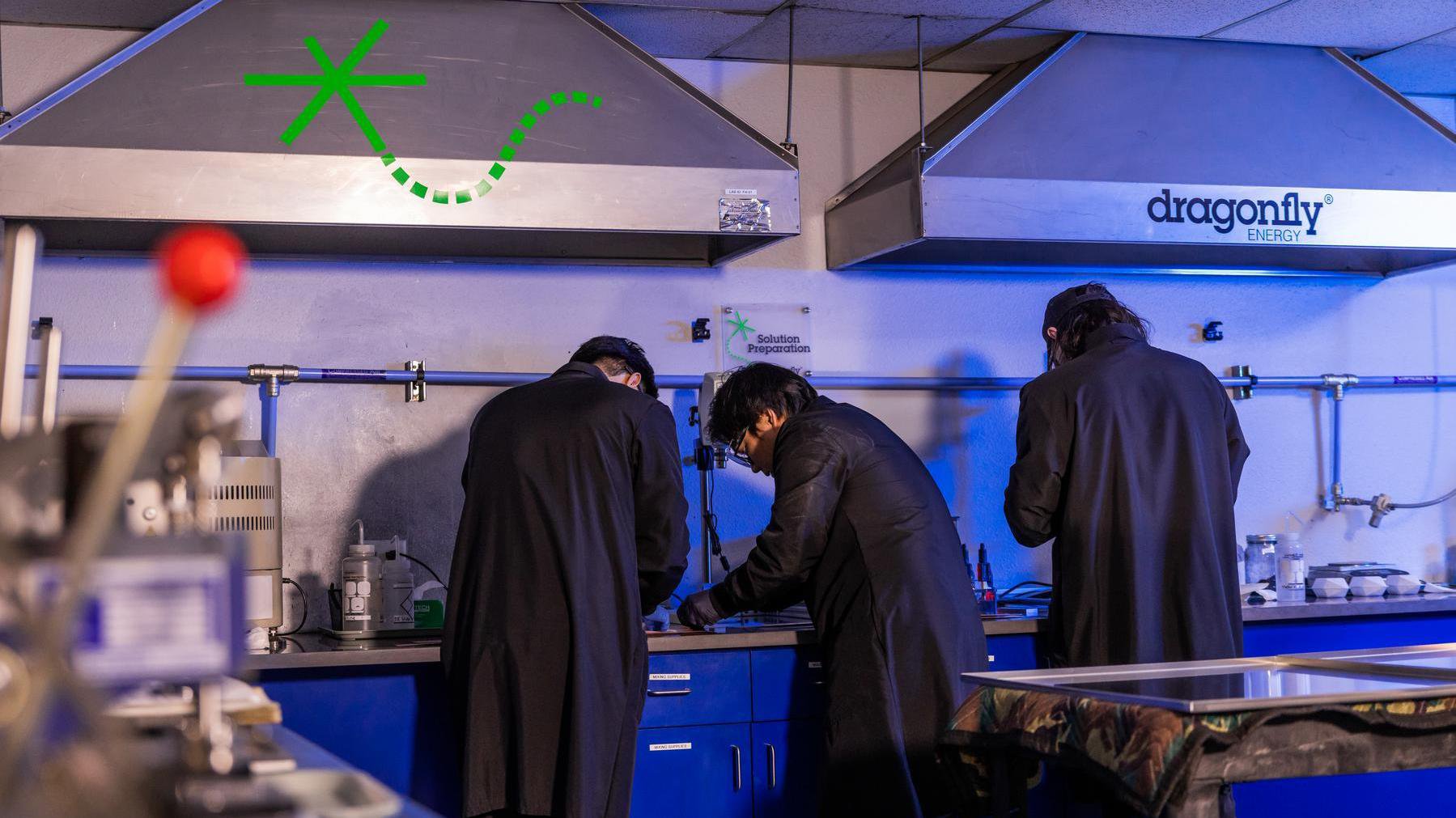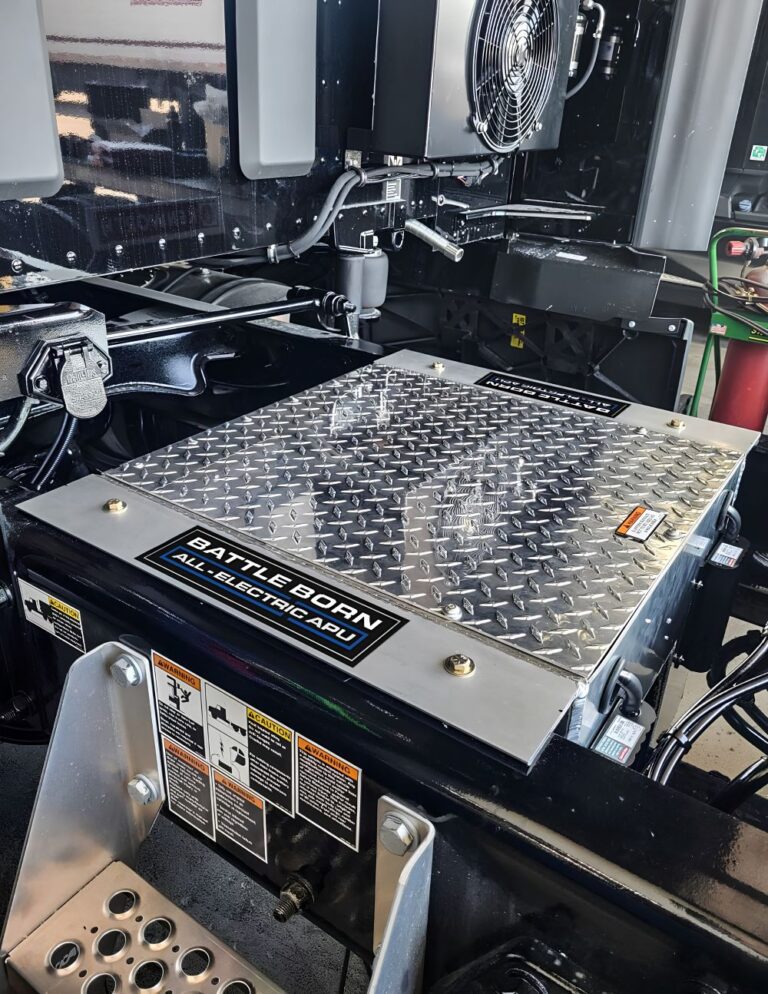Continued reliance on fossil fuels has created an unprecedented climate crisis that threatens humankind’s future stability. As the shift toward global clean energy accelerates, lithium-ion batteries might be just the solution we need.
Lithium-ion batteries power electric vehicles (EVs) and emerging energy storage technologies. This battery technology features high energy density, long life cycles, superior efficiency, and low levels of energy self-discharge. Moreover, the batteries have lightweight profiles, charge quickly, and offer outstanding versatility.
This article examines lithium from a sustainability standpoint, particularly its potential to function as a central driver of the clean energy revolution. It also considers the challenges associated with lithium production, along with the emerging solutions for addressing them.
The Global Clean Energy Landscape
Fossil fuels release large amounts of carbon and other greenhouse gases (GHGs). These substances trap ambient solar heat in the atmosphere, driving the rapid rise in average global temperatures post industrialization. Climate change is also associated with dramatic shifts in historical weather patterns, disrupting precipitation trends and causing more frequent extreme weather events. This has tragic impacts on biodiversity and the health of natural ecosystems.
Clean Energy Leaders
In response to ongoing concerns surrounding GHGs and fossil fuels, countries worldwide have embraced a sharp pivot toward global clean energy. Lithium is playing a central role in achieving these goals.
Notable clean energy leaders include:
- Sweden. In 2012, Sweden succeeded in generating half its energy supply from renewable sources—eight years earlier than expected. The country has set an ambitious target of achieving 100% renewable electricity production by 2040.
- Costa Rica. Sunny Costa Rica has leveraged its great weather to enormous effect. In 2022, the country produced at least 98% of its domestic electricity supply from sustainable sources.
- Norway. This Scandinavian country has been harnessing hydropower for more than 200 years. In 2016, 98% of its electricity originated from hydropower and other renewable sources.
- Kenya. The Lake Turkana Wind Power Project is Africa’s largest wind farm. At peak capacity, it has the potential to supply power to one million households.
- Uruguay. This small South American country has long been an example of energy sustainability. Since embracing the move toward global clean energy in 2007, it has succeeded in generating more than 90% of its electricity from sustainable sources.
These examples offer a glimpse into future possibilities created by strong policy-based commitments.

Lithium's Role in Making Renewable Energy Sources Accessible
Lithium is the core elemental component of lithium-ion batteries, which have extensive applications in energy storage, especially with regard to green energy.
To illustrate, although wind and solar installations can generate huge amounts of energy in favorable conditions, consumers may not need that electricity right away. This underlines the critical need for energy storage—and this is where lithium-ion batteries excel. Specifically, lithium-ion batteries offer:
- High energy density relative to a compact, lightweight design
- Low self-discharge rates, allowing them to maintain charge for extended periods of time when not in active use
- Excellent long-term rechargeability characteristics
- Strong safety features that markedly reduce the likelihood of fires and overheating
Challenges in Securing Lithium
Lithium is a fairly common and abundant element, but it does not naturally occur in isolation. Instead, it is found alongside other elements in varied geological formations.
Historically, lithium mining has been a relatively inefficient process. As a result, production has struggled to keep up with demand, leading to soaring lithium prices.
Though Lithium is found in every continent on Earth, an estimated 53% of the world’s deposits are located in Bolivia, Chile, and Argentina. This group of South American countries is collectively known as the “lithium triangle.”
However, as of 2022, only Chile ranked among the top three lithium producers, together with Australia and China. China alone accounts for 50%–70% of global lithium refining capabilities. Combined, these three countries held a 91.5% market share in global lithium production in 2022.
Geopolitical factors also impact global lithium supply chains, particularly in the case of China. Here, the country’s controlling interests in lithium production and refinement could become an additional factor in lithium’s availability in international markets.

Environmental Implications and Sustainability
Legacy lithium mining processes have significant ecological impacts. They are both energy- and water-intensive, and are associated with chemical and heavy-metal contamination of air and water. Moreover, these mines accelerate erosion rates, endangering adjacent habitats and ecosystems.
The social ramifications of lithium mining are also problematic. In addition to displacing local communities, the mines generate pollution that is hazardous to nearby human and animal populations. Many of the world’s most productive lithium mines are located in lower-income countries that frequently lack strong environmental and labor protections. As such, negative environmental outcomes are often accompanied by issues such as child labor and other exploitative practices.
Because lithium is so much a part of the wider clean energy revolution, experts and stakeholders are intensifying their search for solutions. Observers agree that stronger levels of community engagement and fair labor practices that meet international standards are non-negotiables for mitigating the social ills of lithium mining.
At the same time, innovators are working on new and improved lithium recovery processes. Technologies that facilitate direct lithium extraction hold the potential to radically improve its sustainability profile internationally.
Lithium Batteries, EVs, and Safe Battery Disposal
Lithium-ion batteries can reliably store electricity generated by sustainable sources for extended periods of time. They are also key components in modern EVs, which are helping to mitigate the carbon emissions associated with traditional gasoline-powered vehicles.
However, battery disposal represents a serious environmental issue. Lithium-ion batteries contain elements like cobalt, manganese, and nickel that are capable of contaminating whole ecosystems. As such, both terrestrial and marine ecosystems are at risk if batteries are not properly handled during disposal. The search continues to develop better battery disposal methods.
Advances in Lithium Battery Technology
Recent advancements in lithium-ion battery technology are crucial to the global clean energy landscape. For instance, engineers and innovators have dramatically improved their energy density profiles in addition to reducing their charging times and safety features.
Advanced lithium-ion batteries also incorporate innovative nanoscale structures to optimize these and other performance features. Nanoscale technologies can substantially increase the surface-area availability of the liquid electrolytes that prevent battery fires and overheating. As they continue to advance and evolve, battery producers are better and more cost-effectively able to create products with ever-improving safety profiles.
Additional developments on the horizon include solid-state and lithium-sulfur batteries. Solid-state batteries can pack greater quantities of energy into more compact structures, improving their overall energy storage capabilities. Lithium-sulfur batteries use lightweight active materials, creating energy densities with the potential to be four times higher than conventional lithium-ion batteries.

Dragonfly Energy: Powering the Global Clean Energy Push Through Innovation
Advanced battery technologies are crucial to the global clean energy transition. Dragonfly Energy is a renowned lithium-ion battery innovator, pioneering proprietary processes for making lithium batteries cleaner, more efficient, and less wasteful.
Dragonfly Energy creates batteries that are widely used in the international transportation, industrial manufacturing, and energy generation and storage industries. Contact Dragonfly Energy now to learn more about our products and their far-reaching range of industrial applications.



